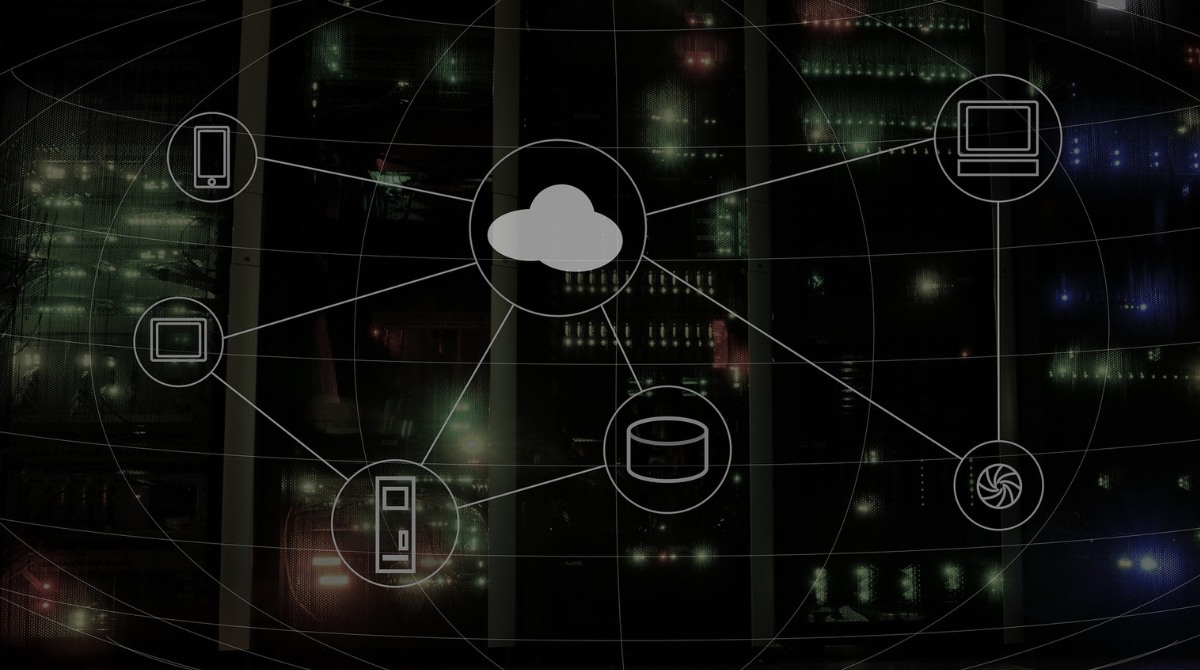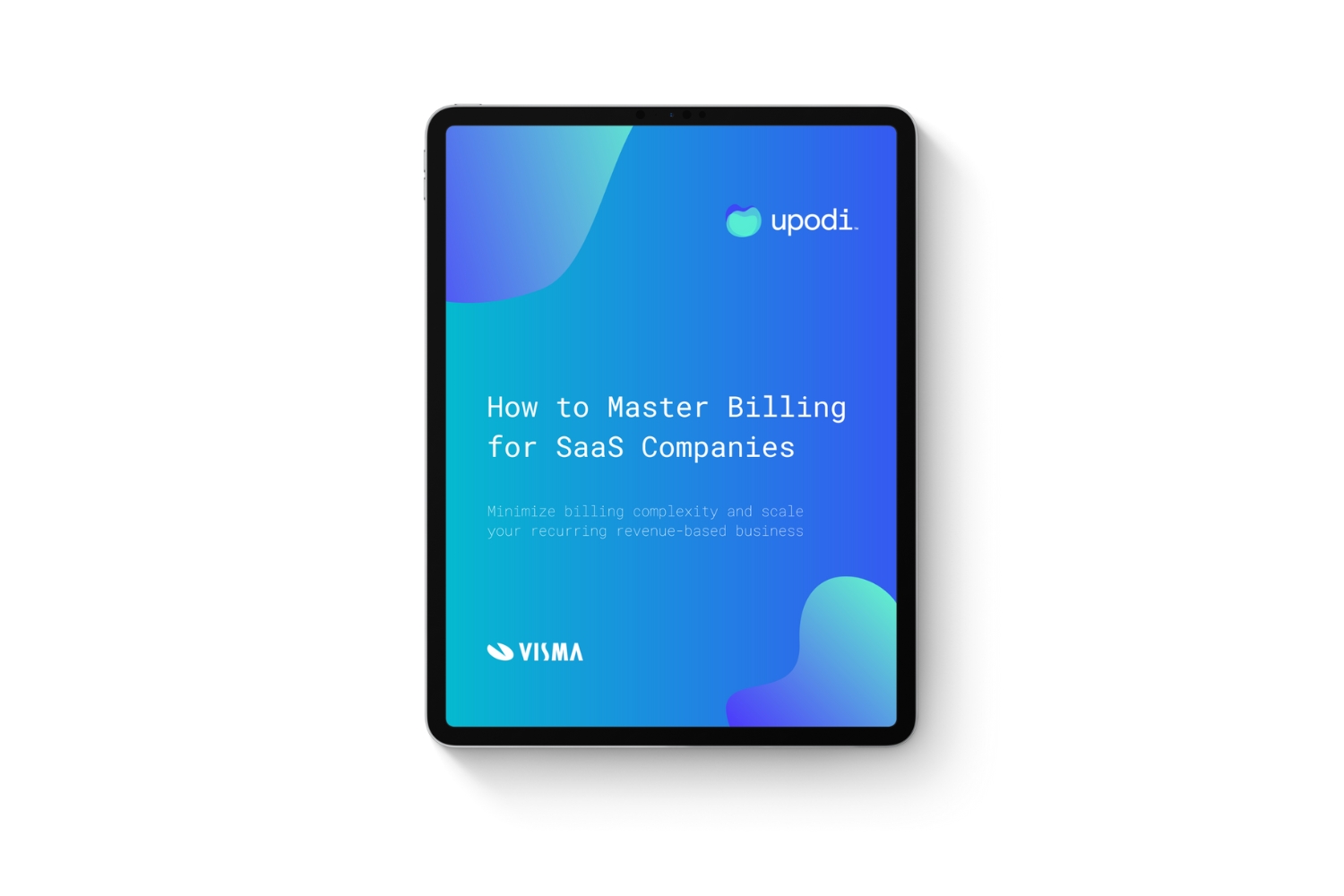Introduction
Welcome to the world of Software as a Service (SaaS) revenue! In today’s digital age, businesses are increasingly relying on subscription-based software solutions to meet their needs. SaaS revenue, also known as subscription revenue, is a critical component of the SaaS business model. It refers to the income generated by companies through the sale of their software products or services on a recurring basis.
The beauty of SaaS revenue lies in its recurring nature. Rather than selling a product once and receiving a one-time payment, SaaS companies earn revenue by charging customers a periodic fee, typically monthly or annually. This continuous revenue stream allows businesses to build predictable income and maintain a long-term relationship with their customers.
Furthermore, SaaS revenue is not limited to software products alone. It also encompasses value-added services, such as customer support, training, and upgrades, which enhance the overall user experience. This holistic approach ensures that customers receive ongoing value from their subscription and encourages them to renew their contracts.
As SaaS continues to gain popularity, understanding the intricacies of SaaS revenue becomes increasingly important. In this article, we will delve deeper into the definition of SaaS revenue, explore how it is generated, discuss key metrics used to measure it, highlight the challenges in revenue recognition, and examine the benefits of SaaS revenue models.
So, whether you are a SaaS business owner, a potential investor, or simply curious about the inner workings of the subscription economy, read on to unravel the world of SaaS revenue and discover the possibilities it holds.
Definition of SaaS Revenue
SaaS revenue refers to the income generated by businesses through the sale of their software products or services on a subscription basis. It represents the financial value derived from ongoing customer subscriptions and is a primary source of revenue for SaaS companies.
Unlike traditional software sales, where customers pay a lump sum upfront, SaaS revenue is based on a recurring payment model. Customers typically pay a periodic fee, such as monthly or annually, to access and use the software. This subscription-based approach allows companies to generate a steady and predictable stream of revenue.
It’s important to note that SaaS revenue is not solely limited to the sale of software licenses. It also includes additional services and features provided to subscribers, such as technical support, updates, and maintenance. These value-added services enhance the overall user experience and contribute to the overall revenue generated by a SaaS business.
Furthermore, SaaS revenue is often recognized over a specific contract period rather than all at once. This allows companies to distribute revenue recognition evenly over time and accurately reflect the ongoing value received by customers. Revenue recognition is typically based on accounting principles, such as the Subscription Accounting Standard ASC 606, which provides guidelines on how to allocate and recognize revenue from subscription-based contracts.
Overall, the definition of SaaS revenue encompasses the recurring income generated through the subscription-based sales of software products and services. It involves ongoing customer relationships, value-added services, and proper revenue recognition practices to ensure transparency and accurate financial reporting.
How SaaS Revenue is Generated
SaaS revenue is generated through a strategic and systematic approach that focuses on acquiring, retaining, and expanding the customer base. Let’s explore the primary strategies and mechanisms behind the generation of SaaS revenue.
- Subscription Pricing Model: SaaS companies typically offer subscription pricing plans to customers, allowing them to choose the most suitable option based on their needs and budget. These plans can range from basic to premium, offering different features and levels of service at varying price points. The subscription model ensures a recurring revenue stream as customers continue to pay for continued access to the software and services.
- Customer Acquisition: SaaS companies invest in various marketing and sales channels to acquire new customers. This can include online advertising, content marketing, search engine optimization (SEO), social media marketing, and partnerships. By targeting the right audience and effectively showcasing the value of their software, SaaS companies aim to attract new customers who are willing to subscribe to their offerings.
- Customer Retention: Retaining existing customers is essential for maintaining a steady revenue stream. SaaS companies focus on delivering a seamless user experience, providing excellent customer support, and continuously updating and improving their software to meet evolving customer needs. By offering value-added services and ensuring customer satisfaction, SaaS companies increase the likelihood of customer renewal and reduce churn rates.
- Upselling and Cross-selling: Another strategy for growing SaaS revenue is through upselling and cross-selling. Upselling involves offering customers upgraded or premium versions of the software with additional features and benefits at a higher price point. Cross-selling involves promoting complementary products or services to existing customers. By effectively utilizing these techniques, SaaS companies can increase the average revenue per customer and drive overall revenue growth.
- Expansion to New Markets: SaaS companies often explore opportunities to expand their customer base by entering new markets or targeting specific industries. This expansion can involve adapting the software to meet the unique needs of different market segments or verticals. By diversifying their customer base, SaaS companies can tap into new revenue streams and fuel business growth.
In summary, SaaS revenue is generated through a combination of subscription pricing, customer acquisition, retention strategies, upselling, cross-selling, and market expansion. By effectively implementing these strategies, SaaS companies can create a sustainable revenue model and drive long-term success.
Key Metrics for SaaS Revenue
Measuring and tracking key metrics is crucial for monitoring the health and growth of SaaS revenue. These metrics provide valuable insights into the financial performance and the underlying factors that impact revenue generation. Let’s explore some of the key metrics that SaaS companies commonly use to assess and optimize their revenue streams.
- Monthly Recurring Revenue (MRR): MRR represents the predictable and recurring revenue generated from the monthly subscriptions of customers. It provides a snapshot of the revenue stream and serves as a baseline for evaluating revenue growth over time.
- Annual Recurring Revenue (ARR): ARR is similar to MRR but provides an annual perspective. It is calculated by multiplying the monthly recurring revenue by 12. ARR helps to assess the long-term revenue potential and predictability of a SaaS business.
- Customer Lifetime Value (CLTV): CLTV is the estimated revenue a business can expect to generate from a customer over their entire relationship. By factoring in the average customer lifespan and revenue per customer, CLTV helps to determine the return on investment in acquiring and retaining customers.
- Churn Rate: Churn rate measures the percentage of customers who cancel or do not renew their subscriptions within a given time period. High churn rates can significantly impact revenue, so tracking and addressing churn is critical for maintaining a healthy revenue stream. Churn rate can be calculated as the number of lost customers divided by the number of total customers during a specific period.
- Customer Acquisition Cost (CAC): CAC refers to the expenses incurred in acquiring a new customer. It includes marketing and sales costs, such as advertising, lead generation, and sales team salaries. Monitoring CAC helps to assess the efficiency and effectiveness of customer acquisition strategies and ensure that the cost of acquiring customers is in line with the revenue generated.
Additionally, SaaS companies may also track metrics like Annual Contract Value (ACV), Expansion Revenue, Gross Monthly Recurring Revenue (GMRR), and Net Revenue Retention (NRR). These key metrics provide valuable insights into revenue growth, customer retention, and overall business performance.
By continuously monitoring and analyzing these metrics, SaaS companies can identify trends, make data-driven decisions, and implement strategies to optimize revenue generation, improve customer retention, and drive overall business growth.
Challenges in SaaS Revenue Recognition
While the SaaS business model offers numerous advantages, it also presents unique challenges when it comes to revenue recognition. Revenue recognition refers to the process of properly accounting for and reporting income earned from customer subscriptions. Let’s explore some of the key challenges that SaaS companies face in revenue recognition.
- Timing of Revenue Recognition: Unlike traditional software sales, where revenue is recognized upfront, SaaS revenue is typically recognized over the contract period. Determining the appropriate timing for recognizing revenue requires careful consideration of factors such as the nature of the software services, delivery timeline, and customer usage patterns.
- Revenue Allocation: SaaS companies often offer bundled packages or multi-tiered plans that include multiple services or features. Allocating revenue to each component of the offering can be complex. It requires evaluating the standalone selling prices of individual services and ensuring that revenue is recognized proportionately based on their value.
- Usage-Based Revenue Recognition: Some SaaS models charge customers based on usage or consumption of the software. This usage-based pricing creates challenges in accurately determining and recognizing revenue, as it depends on the customer’s actual usage. Implementing systems and processes to track usage data and determine appropriate revenue recognition can be complex and resource-intensive.
- Contract Modifications and Renewals: SaaS contracts often undergo modifications or amendments during their term, such as upgrades, downgrades, or changes in pricing. Additionally, contract renewals introduce further complexities in revenue recognition. Properly accounting for these changes and renewals requires a thorough understanding of contractual terms and the application of revenue recognition guidelines.
- Revenue Deferrals and Accruals: In some cases, SaaS companies may receive payments in advance or provide services before recognizing revenue. Properly deferring revenue or accruing it for future recognition is crucial for accurate financial reporting. This requires establishing policies and accounting systems that track deferred revenue and ensure appropriate recognition over time.
- Compliance with Accounting Standards: SaaS companies must adhere to accounting standards, such as the Subscription Accounting Standard ASC 606 in the United States. Ensuring compliance with these standards and accurately applying the required guidelines for revenue recognition can be challenging, especially for companies with complex pricing structures or multi-year contracts.
Overcoming these challenges in revenue recognition is crucial for SaaS companies to maintain transparency, accurately report financial performance, and comply with accounting regulations. It requires a robust understanding of the unique aspects of SaaS revenue and implementing consistent and reliable processes for revenue recognition.
Benefits of SaaS Revenue Models
SaaS revenue models offer numerous advantages for both businesses and customers. Let’s explore some of the key benefits that make SaaS revenue models highly attractive in today’s digital landscape.
- Predictable and Recurring Revenue: One of the core benefits of SaaS revenue models is the ability to generate predictable and recurring revenue. Instead of relying on one-time sales, SaaS companies establish long-term relationships with customers, ensuring a steady stream of revenue through ongoing subscriptions. This predictability enables better financial planning and investment decisions.
- Lower Upfront Costs: SaaS revenue models often eliminate the need for large upfront investments. Customers can access and use software by paying a periodic subscription fee, making it more affordable and accessible compared to traditional software licensing models. The lower upfront costs remove financial barriers for customers, allowing them to adopt new technology and solutions more easily.
- Scalability and Flexibility: SaaS revenue models are designed to scale with business growth. As customer bases expand, SaaS companies can easily accommodate the increasing demand without the need for significant infrastructure investments or resource allocation. Additionally, SaaS models offer flexibility in terms of scaling operations up or down, allowing businesses to adapt to changing market conditions quickly.
- Continuous Software Updates and Support: SaaS revenue models provide continuous software updates and support to customers as part of their subscription. This ensures access to the latest features, enhancements, security updates, and bug fixes without incurring additional costs. Customers benefit from a seamless user experience and can leverage ongoing support to optimize their use of the software.
- Value-Added Services: SaaS revenue models often include value-added services beyond the core software offerings. These services can range from training and onboarding support to analytics, customization, and integrations with other business systems. By providing these additional services, SaaS companies enhance the value proposition for customers and help them derive maximum benefit from their subscriptions.
- Enhanced Customer Relationships: SaaS revenue models foster ongoing relationships and engagement with customers. By adopting a subscription-based approach, SaaS companies prioritize customer satisfaction and retention. This focus on customer success leads to stronger relationships, increased loyalty, and the opportunity to upsell or cross-sell additional products or services.
In summary, SaaS revenue models offer numerous benefits including predictable revenue, lower upfront costs, scalability, continuous updates and support, value-added services, and stronger customer relationships. These advantages have made SaaS revenue models increasingly popular among businesses and customers, enabling a win-win situation for all parties involved.
Conclusion
In the world of software as a service (SaaS) revenue, businesses are embracing subscription-based models to generate predictable and recurring income. SaaS revenue, derived from ongoing customer subscriptions, offers numerous benefits for both businesses and customers.
Through the strategic use of subscription pricing models, targeted customer acquisition strategies, and effective customer retention efforts, SaaS companies can generate consistent revenue streams. The recurring nature of SaaS revenue allows for better financial planning and long-term sustainability.
Additionally, SaaS revenue models offer advantages such as lower upfront costs, scalability, flexibility, continuous software updates and support, and access to value-added services. These benefits make SaaS an attractive option for businesses looking to adopt new software solutions, as they can access the latest features and enhancements without significant upfront investments.
However, it is crucial to recognize and address the challenges in SaaS revenue recognition. Properly accounting for revenue and following accounting standards is essential for accurate financial reporting and compliance.
In conclusion, SaaS revenue models have revolutionized the way businesses generate and manage their revenue. By embracing subscription-based models, businesses can establish long-term relationships with customers, provide ongoing value, and create a sustainable revenue stream. The benefits of SaaS revenue models extend beyond financial advantages, allowing for scalability, flexibility, and enhanced customer relationships. As technology continues to evolve, SaaS revenue models will continue to play a significant role in the digital economy.

























